I. Introduction to Crate Training a Rescue Dog
In the realm of dog training and rehabilitation, crate training stands out as a pivotal method, especially for rescue dogs. Crate training is a technique that utilizes a dog crate as a safe space and secure tool, pivotal for managing and training dogs, fostering a sense of security and safety. For many rescue dogs, particularly senior dogs, who often bear the invisible scars of abandonment, abuse, or neglect, a crate can become a sanctuary, a place of comfort and solace. This article will provide a guide on how to crate train your rescue dog.
A. Definition and Importance of Crate Training
Crate training is essentially the process of using a dog crate to instill a sense of security in dogs, making them feel safe and at home in their new environment. Why crate train? The importance of crate training is particularly pronounced for rescue dogs, providing them with a secure space, which is crucial for managing anxiety and addressing behavioral issues. It’s a technique that goes beyond mere confinement; it’s about creating a positive association and a sense of security.
B. Overview of Rescue Dogs
Rescue dogs come with diverse backgrounds, each carrying a unique story, each dog’s history is often marked by traumas such as abandonment or abuse. Understanding the past experiences of rescue dogs is crucial, as it allows adopters to approach crate training with the necessary empathy and care, addressing the individual needs and fears of each dog. This understanding is the foundation upon which successful rehabilitation and adjustment of adult dogs are built, allowing for a compassionate approach to behavioral challenges.
C. The Role of Crate Training in Rehabilitation
The crate serves more than a functional purpose for many dogs; it acts as a consistent and secure environment, a safe haven for rescue dogs in their journey of rehabilitation. Successful crate training can significantly alleviate stress and anxiety in rescue dogs, promoting their overall well-being and facilitating their adjustment to new, loving homes. It’s not just about training; it’s about rebuilding trust and fostering a sense of safety and belonging for your rescue pup.
D. Setting Expectations
Embarking on the journey of crate training a rescue dog necessitates a blend of persistent effort, time, patience, and a lot of love. The challenges encountered during crate training are surmountable, and the process to successfully crate train a rescue dog, though demanding, is immensely rewarding, fostering a deeper bond between the dog and the owner. It’s about setting realistic expectations and celebrating small victories, acknowledging the progress made every day.
E. Additional Considerations
Empathy and compassion are the cornerstones of successful crate training. Approaching each rescue dog, foster dog, or older dog with an understanding and compassionate mindset is essential, acknowledging their unique needs and experiences. Positive reinforcement, through treats and praises, plays a crucial role in creating a positive association with the crate, making the training process smoother and more enjoyable for the dog.
Crate training is a transformative journey, not just for the rescue dog but also for the adopter. It’s a journey marked by patience, understanding, and a lot of love, leading to a harmonious and happy coexistence. The essence of crate training lies in its ability to provide rescue dogs with a sense of security and comfort, helping them overcome their past traumas and embrace their new lives with joy and trust.
II. Preparing for Crate Training
Embarking on the journey of crate training your rescue dog requires meticulous preparation. This phase is pivotal in ensuring that the crate serves as a secure and comforting sanctuary for your rescued dog, fostering positive associations and a sense of safety.
A. Choosing the Right Crate
Selecting the appropriate crate for a shelter dog is the first step in this transformative journey. The crate should be a perfect fit, allowing your rescue dog to stand, turn around, and lie down comfortably.
Size Considerations:
- Avoid crates that are too small or excessively large. Too much space can lead to potty problems. See the sizing chart below for an appropriately sized crate.
- Aim for a snug fit to make the dog feel secure.
Growth Considerations:
- For growing puppies, consider adjustable crates with dividers, allowing expansion as the dog matures.
- For a rescue puppy, you may not know their breeds making it hard to anticipate the required size. It may be worth a DNA test to find out.
Material, Design, and Security:
- Opt for crates with proper ventilation and visibility to make the dog feel less isolated.
- Ensure the crate is sturdy, secure, and free from sharp edges or points that could harm the dog.
B. Introducing the Crate
The placement and introduction of the crate play a crucial role in building a positive association. Place the crate in a commonly used area where the family spends time to avoid making the dog feel isolated or abandoned. ASPCA’s guidelines on dog adoption provide invaluable insights on creating a welcoming environment for rescue dogs.
Familiarization and Positive Association:
- Encourage exploration by keeping the crate door open.
- Reward interest in the crate with treats and praise.
Pacing and Patience:
- Dedicate sufficient time each day for crate familiarization.
- Be patient, and maintain a positive tone and demeanor.
C. Making the Crate Comfortable
Creating a cozy environment within the crate is essential for your dog’s comfort and well-being. Use soft bedding and familiar items to make their own space in the crate feel like a home. Regular interaction and maintaining hygiene are also crucial, as emphasized by Humane Society’s resources on rescue dogs.
Bedding and Comfort Items:
- Keep the crate clean and hygienic.
- Place toys or an item of the owner’s clothing inside the crate for comfort.
Safety and Temperature:
- Regularly inspect the crate for any damage or potential hazards.
- Ensure a comfortable temperature and avoid direct sunlight or drafty areas.
D. Using Treats and Toys
Utilizing treats and chew toys is a strategic way to encourage your rescue dog to enter the crate willingly. Be consistent and patient in using a variety of treats and toys to maintain the dog’s interest.
Positive Reinforcement:
- Gradually place treats and toys inside the crate to lure the dog in.
- Observe the dog’s preferences and adjust the items used accordingly.
Gradual Introduction:
- Start by placing items near the crate before moving them inside.
- Allow the dog to approach the crate willingly, avoiding any force.
E. Final Thoughts on Crate Preparation
Preparing for crate training is a step of paramount importance, laying the foundation for a successful crate training journey. It’s about making informed choices, fostering positive associations, and creating a loving and secure environment for your rescue dog. The meticulous attention to detail in this phase will pave the way for a smoother and more rewarding crate training experience, building a lasting bond between you and your rescue dog.
III. The Crate Training Process
The crate training process for most dogs is a journey of building trust, fostering a sense of security, and creating positive associations with the crate. It’s about understanding your rescue dog’s individual needs, fears, and preferences, and adjusting the training approach accordingly.
A. Feeding in the Crate
Feeding within the crate is a strategic step in creating positive associations. Start by placing the food bowl near the crate and gradually move it inside as your rescue dog becomes more comfortable. This method aims to associate the crate with pleasant experiences like mealtime, building a routine that makes the dog feel secure.
Gradual Introduction and Consistency:
- Begin with shorter meal times inside the crate, observing the dog’s behavior and comfort level.
- Maintain a consistent feeding schedule, adjusting the pace based on the dog’s reactions.
Encouragement and Observation:
- Use positive words and praise when the dog chooses to eat in the crate.
- Observe and adjust the placement of the food bowl and the duration of meal times if the dog shows signs of discomfort.
B. Increasing Crating Time
Increasing the duration of crating time is essential in acclimating your dog to confinement. Start with short confinement periods while you are home, providing toys and treats as distractions and entertainment. Petfinder offers valuable insights on interacting and monitoring your dog’s behavior during confinement, helping in building trust and reducing separation anxiety.
Regular Breaks and Incremental Increases:
- Give the dog regular breaks to stretch, play, and relieve themselves.
- Increase the crating time incrementally, reducing the time if the dog shows signs of distress.
Interaction and Monitoring:
- Regularly interact with the dog during confinement to make them feel secure.
- Monitor the dog’s reactions and make adjustments to ensure comfort and trust.
C. Crating When Out and at Night
Preparing your dog for longer crating periods, especially during your absences and at night, requires gradual acclimation and a calming routine. Keep departures and arrivals low-key to avoid creating anxiety and ensure the crate is comfortable and safe. ASPCA’s guidelines on dog adoption emphasize the importance of a consistent nighttime routine and a comfortable crate to reduce anxiety and signal bedtime.
Trial Periods and Nighttime Routine:
- Conduct trial periods of longer crating times, observing the dog’s behavior and making adjustments.
- Establish a calming nighttime routine, maintaining consistency to signal bedtime.
Comfort and Safety:
- Provide adequate bedding, toys, and water to ensure the dog’s comfort and well-being.
- Regularly inspect the crate for any hazards or damage, ensuring safety.
D. Other Considerations for Crate Training a Rescue Dog
The crate training process is a meticulous journey that requires patience, understanding, and consistency. It’s about creating a secure environment, building positive associations, and fostering a sense of trust and comfort between you and your rescue dog. By adhering to a structured approach and acknowledging your foster dog’s individual needs and progress, you pave the way for a harmonious and happy coexistence.
IV. Addressing Challenges and Setbacks
Addressing challenges and setbacks is an integral part of the crate training journey. It involves understanding the unique needs and behaviors of your rescue dog, implementing consistent training, and seeking professional guidance when needed.
A. Dealing with Anxiety and Fear
Anxiety and fear are common challenges in crate training, especially for rescue dogs with traumatic histories. Recognizing signs of anxiety and fear such as whining, pacing, and refusal to enter the crate is crucial in addressing these emotions effectively. Gradual exposure to the crate and the use of calming techniques like soft music and calming scents can significantly reduce anxiety and fear. [ASPCA’s guidelines](https://www.aspca.org/) provide invaluable advice on identifying and addressing anxiety and fear in rescue dogs.
Professional Guidance and Comfort Items:
- Consult a veterinarian or a professional dog trainer for strategies to address severe anxiety and fear.
- Place familiar items in the crate to provide comfort and a sense of security.
B. Overcoming Reluctance
Reluctance to enter the crate is another challenge that requires patience, encouragement, and positive reinforcement. Reinforce willingness to enter the crate with treats, praise, and toys, and observe the dog’s behavior to understand and address their reluctance effectively. Enhancing the crate environment with soft bedding and favorite toys can make it more appealing. [Petfinder’s resources](https://www.petfinder.com/) offer extensive insights on understanding and overcoming reluctance in rescue dogs.
Environment Enhancement and Positive Reinforcement:
- Make the crate environment appealing and encourage voluntary entry.
- Use consistent positive reinforcement to encourage desired behaviors and reduce reluctance.
C. Addressing Behavioral Issues
Behavioral issues can arise during crate training, necessitating consistent correction and professional training. Maintain consistency in training and rules, and seek professional training services for persistent behavioral issues. Regular health evaluations and behavior modification techniques are essential in managing and altering undesirable behaviors.
Health Evaluation and Behavior Modification:
- Evaluate the dog’s health regularly to identify and address conditions affecting behavior.
- Implement effective modification techniques to alter undesirable behaviors and encourage positive ones.
D. Managing Expectations
Managing expectations involves setting realistic training goals and celebrating progress. Develop an individualized training approach based on the dog’s unique needs and experiences, and consistently use positive reinforcement to foster a positive learning environment. Acknowledging every step of progress, no matter how small, strengthens the bond between the owner and the dog and encourages continued effort and improvement.
Individualized Approach and Positive Acknowledgment:
- Tailor the training approach to the dog’s needs and experiences.
- Celebrate progress and encourage continued effort and improvement through positive acknowledgment.
E. Final Thoughts on Addressing Challenges and Setbacks
Addressing challenges and setbacks in crate training is about understanding, patience, and consistent effort. It’s about creating a supportive environment, implementing effective strategies, and being attuned to the individual needs and behaviors of your rescue dog. By addressing challenges proactively and managing expectations realistically, you pave the way for a successful crate training journey and a harmonious relationship with your rescue dog.
V. Ensuring Long-Term Success
Ensuring long-term success in crate training your rescue dog is a continuous journey of learning, bonding, and celebrating achievements. It’s about maintaining consistency, staying informed, and being attuned to the individual needs and behaviors of your dog.
A. Maintaining Consistency
Maintaining a consistent routine and structure in feeding, crating, and breaks is pivotal in reinforcing training and providing a sense of security to the dog. Regular and consistent training sessions are crucial to reinforce learned behaviors and address any emerging behavioral issues promptly. A structured environment with clear rules and expectations supports training and provides clarity to the dog, preventing the recurrence of undesirable behaviors.
B. Regular Monitoring and Adjustment
Regular observation of the dog’s behavior, reactions, and progress in crate training is essential. These observations provide insights into the effectiveness of the training approach and any needed adjustments. Based on reflections and feedback, adjusting the training approach and techniques to suit the dog’s needs and preferences is crucial. [Petfinder’s resources](https://www.petfinder.com/) offer extensive insights on monitoring and making informed adjustments to ensure the dog’s comfort and address challenges effectively.
C. Continuous Learning and Improvement
Staying abreast of the latest crate training techniques, challenges, and solutions is vital in enhancing the training approach and ensuring the well-being of the dog. Regular consultations with veterinarians or professional dog trainers provide tailored solutions and strategies for effective crate training. [ASPCA’s guidelines](https://www.aspca.org/) are a valuable resource for continuous learning and obtaining professional advice on crate training methodologies and advancements.
D. Celebrating Success and Bonding
Celebrating every achievement and milestone in the crate training journey is motivational and reinforces learned behaviors. Using the crate training journey as an opportunity to strengthen the bond between the owner and the dog is foundational for a harmonious relationship and successful training outcomes. Spending quality time interacting with the dog builds trust, mutual understanding, and enhances the relationship, contributing to the overall happiness and well-being of the dog.
Frequently Asked Questions (FAQs)
-
Are Crates Safe for Rescue Dogs?
- Crates, when used correctly, can provide a safe and secure environment for rescue dogs, offering them a sense of security and aiding in training.
-
Can Older Rescue Dogs Be Crate Trained?
- Yes, older dogs can be crate trained, but it may require more patience and time, especially if they have had negative experiences with crates in the past.
-
What if My Rescue Dog Hates His Crate?
- If a rescue dog shows aversion to the crate, it’s important to introduce the crate gradually and make it a positive and comfortable space. Using treats, toys, and comfortable bedding can help in creating positive associations with the crate.
-
Is Crate Training Necessary for All Rescue Dogs?
- While crate training can be beneficial, it is not strictly necessary for all dogs. It depends on the individual dog’s needs, behavior, and past experiences. Some dogs may feel more comfortable in other confined spaces like a mud room or laundry room.
-
How Can I Make Crate Training a Positive Experience for My Rescue Dog?
- Start when the dog is tired, use a chew the dog loves, pair the crate with positive experiences like treats and chews, gradually increase crating time, and never use the crate as a form of punishment.
-
Should I Buy a Crate Cover?
- A crate cover can help in creating a more secure and den-like environment for the dog, but it’s important to observe the dog’s reaction and preference to having a covered crate.
-
Can Crate Training Help with Potty Training?
- Yes, crate training can be a useful tool in the potty training process as dogs are less likely to soil small spaces such as their crate.
-
Is Crate Training Beneficial for Destructive Dogs?
- Absolutely. Crating can provide a safe and secure place for destructive dogs, preventing them from damaging belongings and keeping them safe.
-
What Should I Do if My Rescue Dog Was Crated for Unreasonable Amounts of Time in His Prior Home?
- In such cases, it’s important to be patient and refrain from crating right away. Introduce the crate gradually and ensure it’s a pleasant and comfortable place for the dog.
Conclusion
Crate training a rescue dog is a journey filled with patience, understanding, and consistent effort. It’s not merely about confining a dog to a crate but about creating a safe, secure, and positive environment that can aid in addressing behavioral issues, managing anxiety, and fostering a sense of security.
The journey might be fraught with challenges, especially considering the diverse backgrounds and experiences of rescue dogs, but the rewards in terms of a harmonious relationship and well-adjusted dog are well worth the effort.
Throughout the article, we’ve delved into the nuances of crate training, focusing on the initial steps, the importance of creating a positive association with the crate, addressing potential challenges, and ensuring long-term success. We’ve explored various strategies, tips, and considerations, emphasizing the need for a tailored approach that respects the individual needs, preferences, and histories of each rescue dog.
Crate training is a valuable tool in the repertoire of dog training techniques, especially for rescue dogs. It’s about more than just training; it’s about building a bond, understanding each other, and working together to create a balanced and happy coexistence.
By following the outlined steps, maintaining consistency, addressing challenges proactively, and celebrating successes, you can make crate training a rewarding experience, paving the way for a loving and lasting relationship with your rescue dog.


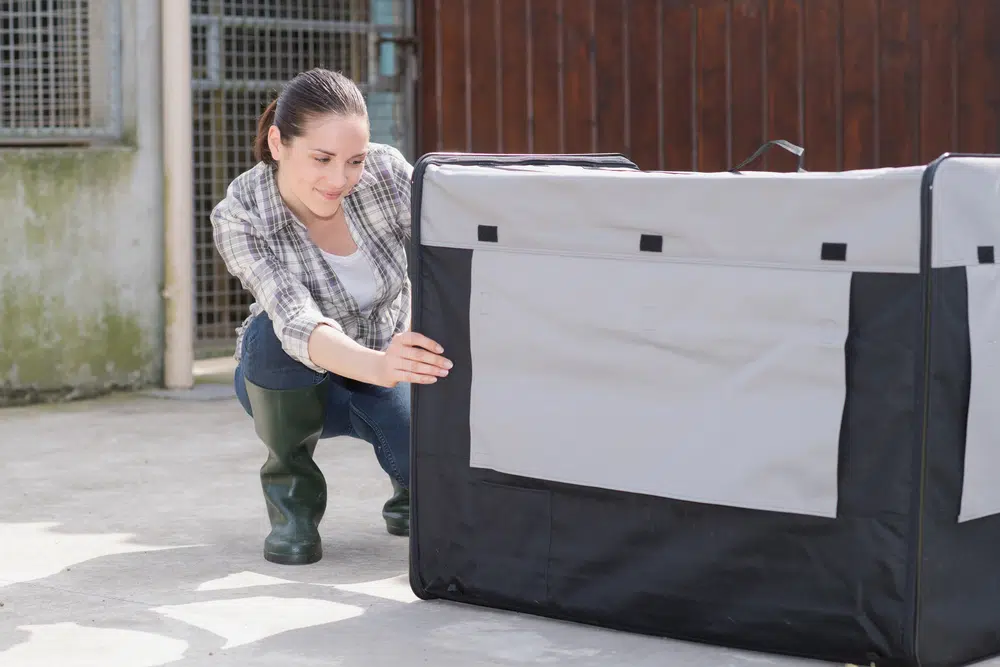

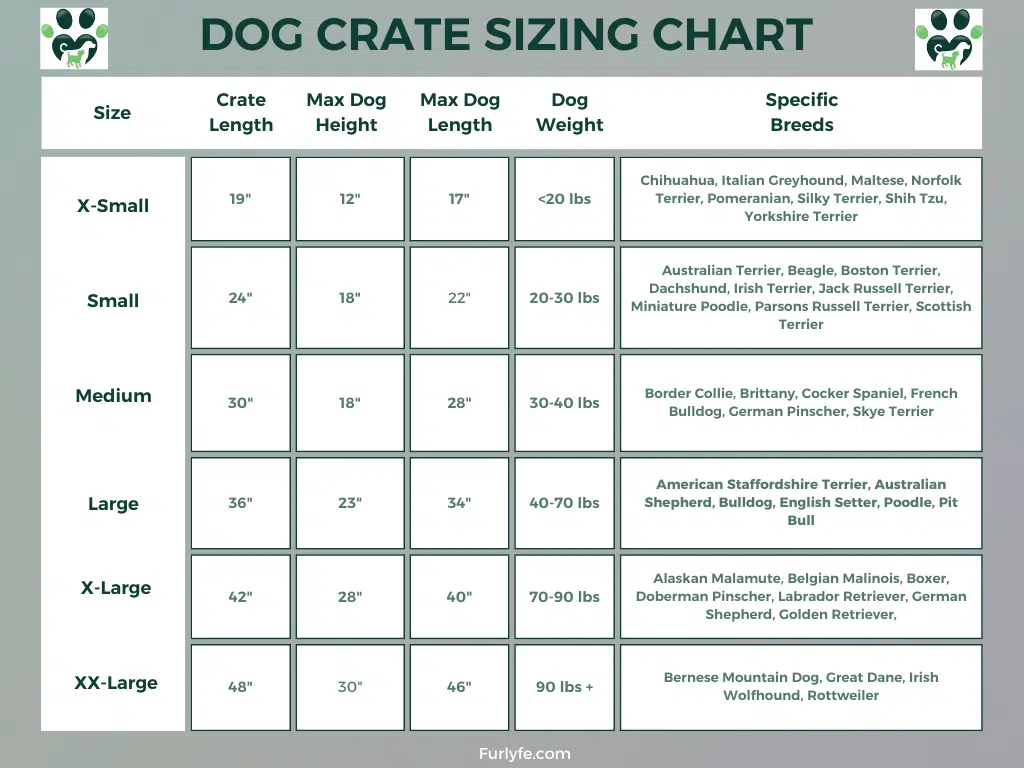
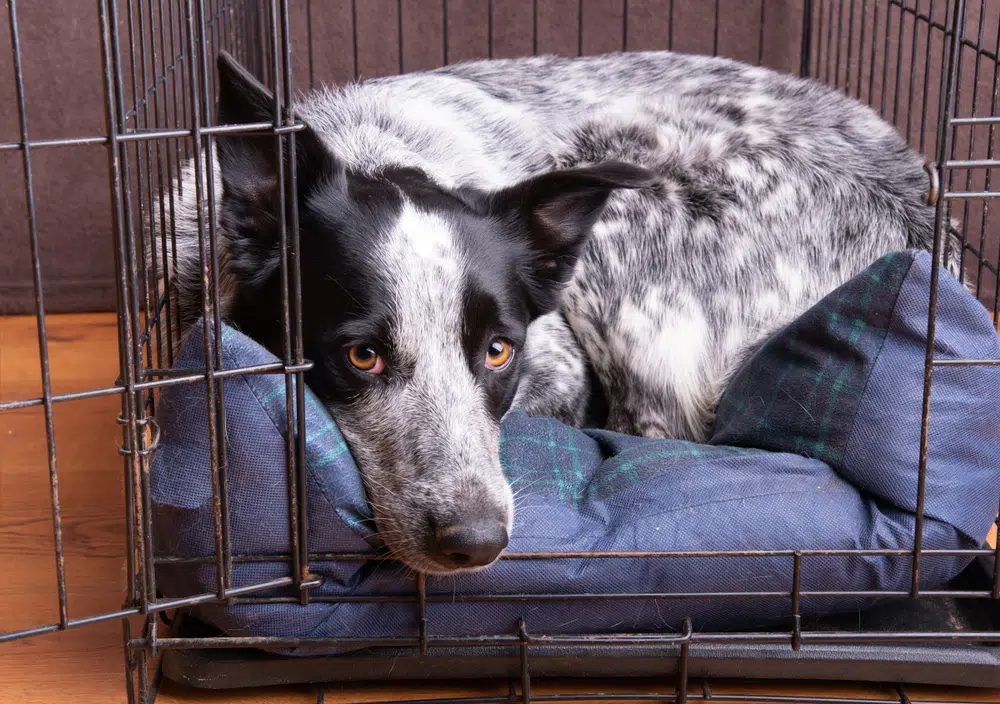


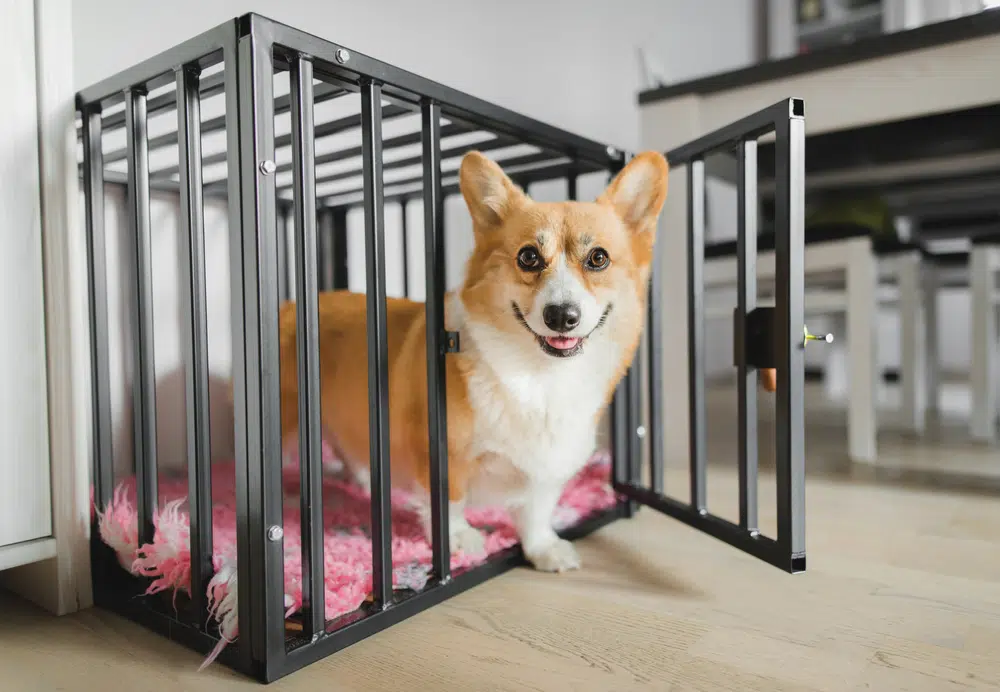






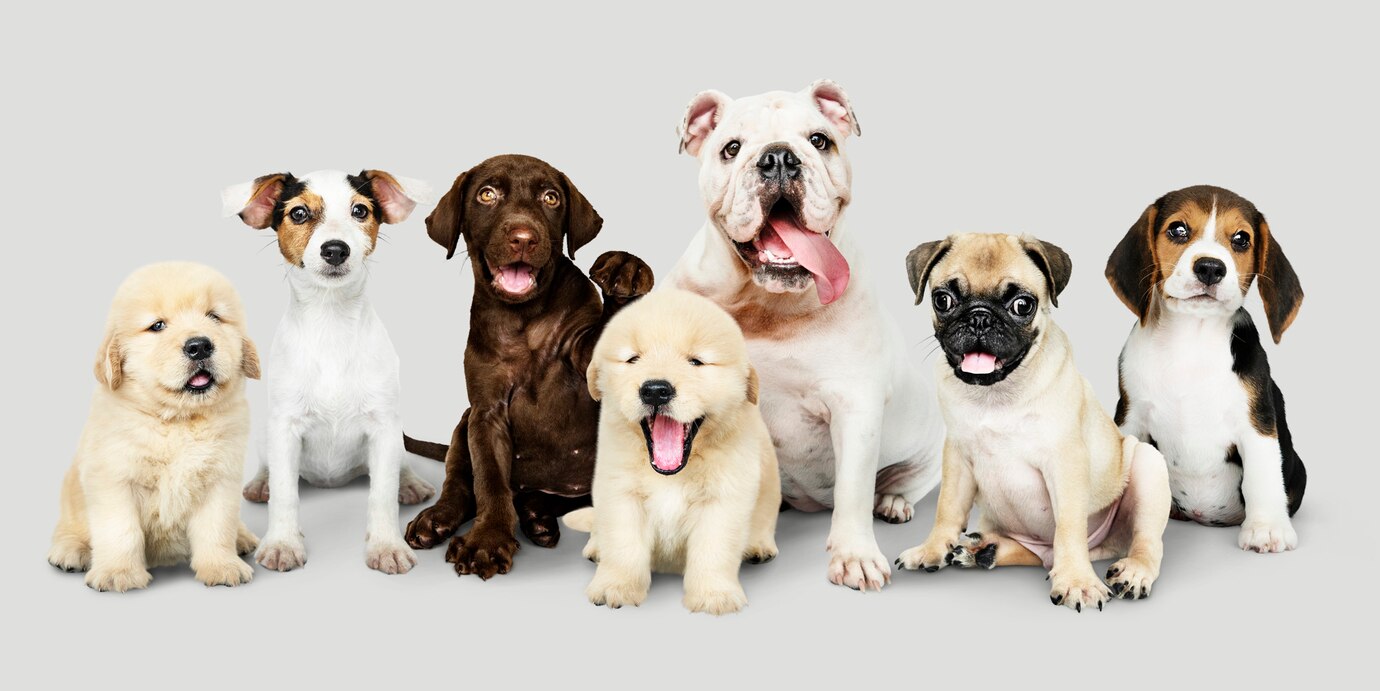
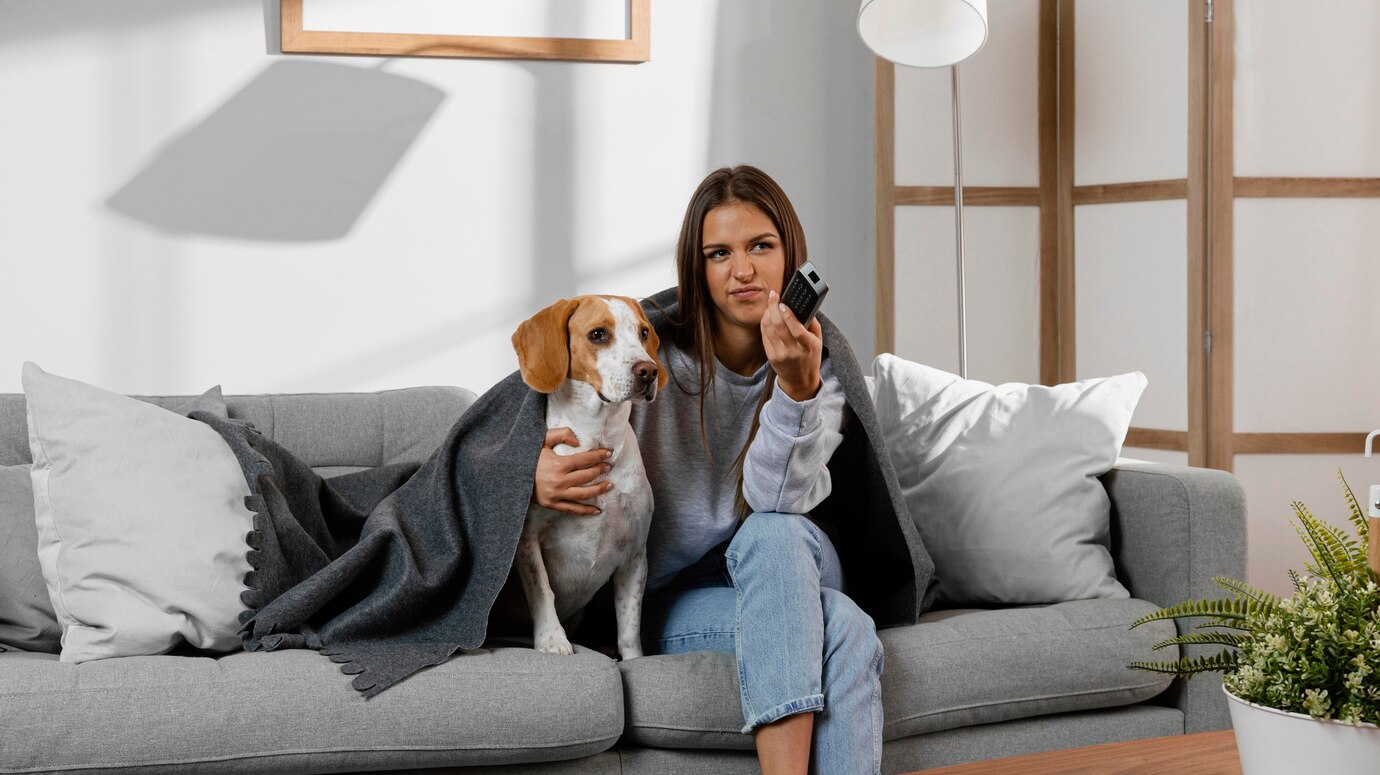

Get involved!
Comments